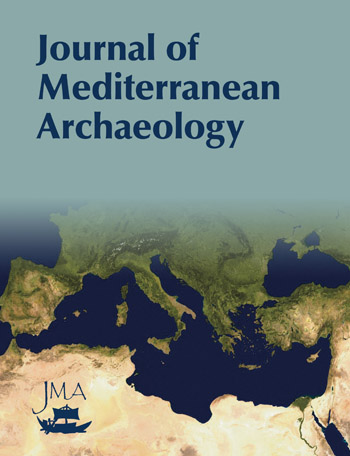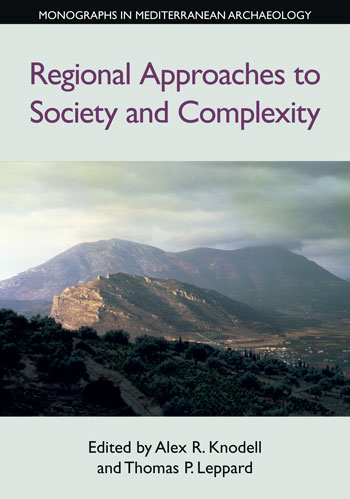Reviews
As always with an edited volume, some projects are further along in their collection and analysis of evidence; however, all are clear in contextualising their interpretation in insightful and sometimes novel ways. In general, this volume will be of keen interest to both practitioners and students of the archaeology of Cyprus. The methodological, chronological and regional scope of most contributions will make it highly relevant to those interested in the Mediterranean and also to those interested in trade, metallurgy and maritime archaeology across the globe.Antiquity
In picking up many of the threads of Bernard Knapp’s long and productive career – especially where they espouse critical approaches to explanation – the authors in this volume provide a long-overdue tribute to a major scholar which not only builds on many of his interests but which also opens up important new avenues for future exploration.
CAHIERS DU CENTRE D’ÉTUDES CHYPRIOTES
A collection of interesting essays. ... they all allow fresh insights into the prehistoric and protohistoric societies of Cyprus, the Levant, the Aegean, and Sicily and Sardinia. They also feature significant theoretical and methodological reflexivity. For all these reasons, they are useful and should become referenced in related future studies. Such potential is indicative of the quality of the volume.
European Journal of Archaeology








